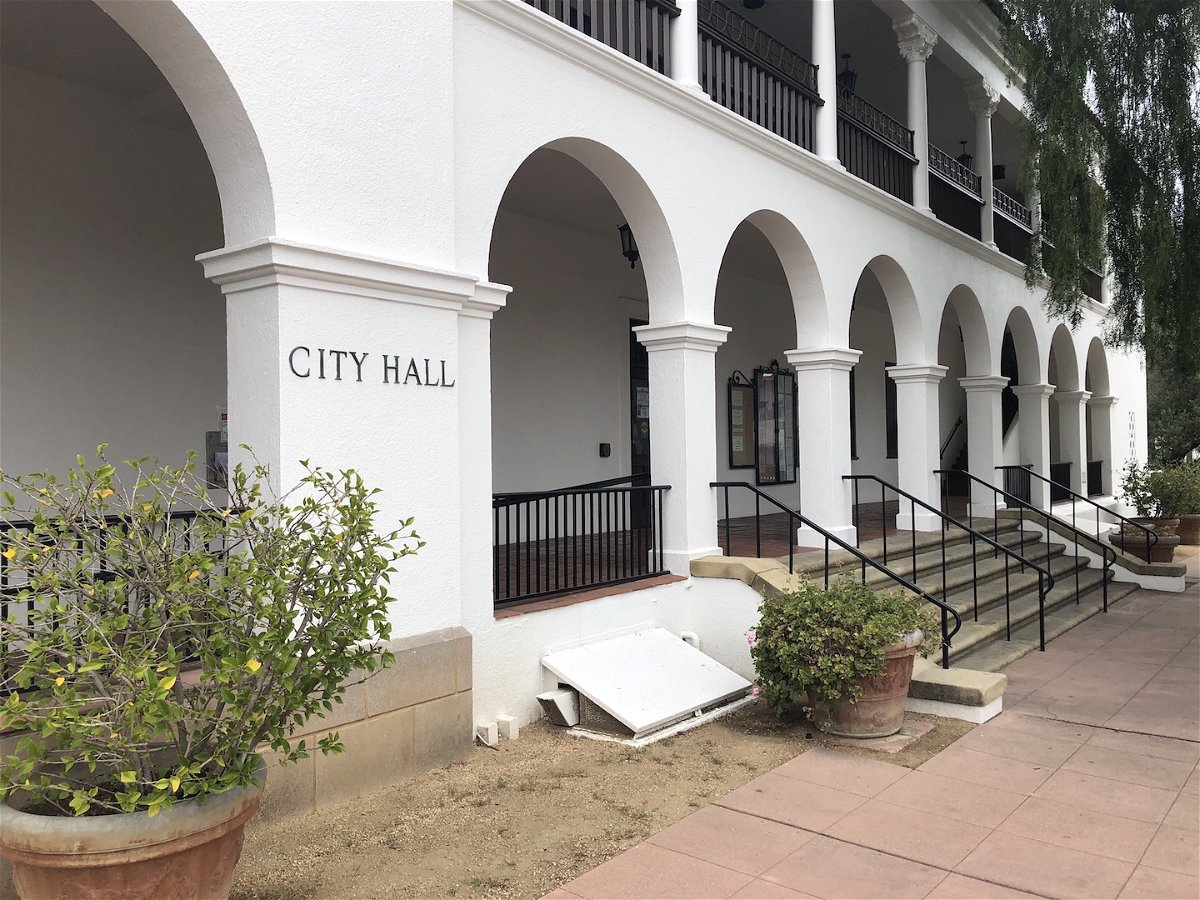Santa Barbara Prioritizes Measure I Sales Tax Revenue for Public Services

SANTA BARBARA, Calif. – The Santa Barbara City Council is evaluating how to allocate revenue from Measure I, a half-cent sales tax measure approved by voters in November 2024 to support essential local services. As the city prepares its fiscal year 2026 budget, council members are weighing priorities such as public safety, housing, and infrastructure maintenance.
City officials project Measure I will generate $15.1 million annually. Before its passage, Santa Barbara faced a $10.7 million deficit, driven by increasing expenditures outpacing revenue growth. Measure I helps balance the budget but does not fully eliminate long-term financial challenges. City Administrator Kelly McAdoo emphasized the need for flexibility in budget planning due to uncertainty in federal funding and economic fluctuations.
The City Council previously adopted Resolution 24-092, outlining priority areas for Measure I revenue. These include 911 emergency response services such as fire, paramedic, and police. Contributions to the Local Housing Trust Fund will support affordable housing and homelessness services. Funding will also be directed toward maintaining fire stations, library services, and public parks. Additionally, improvements in stormwater protection and disaster preparedness, as well as support for local businesses and job retention, are included in the budget discussions.
The initial budget planning includes restoring three frozen police officer positions and one sergeant at an estimated cost of $1.3 million. Funding will also sustain expanded library services, which were previously covered by federal relief funds. Parks and recreation programs, including after-school sports and summer reading initiatives, are also under consideration. Between $1 million and $2 million may be allocated annually to the Local Housing Trust Fund.
Despite Measure I’s contributions, city officials remain cautious about long-term budget challenges. Salary and benefit increases tied to a citywide compensation study are expected to impact future expenditures. Fire department staffing and facility needs depend on the findings of an upcoming standards of coverage study. Potential loss of federal funding could impact city services, including homelessness programs. Unfunded major projects, such as the State Street Master Plan, also remain an area of concern.
Unlike Measure C, which funds infrastructure and has a citizen oversight committee, Measure I will not have a dedicated oversight group. However, spending will be documented in public budget reports and reviewed by the City Council and Finance Committee.
The City Council will continue deliberations through the 2026 budget process, set to conclude in April-May 2025. Residents and stakeholders were encouraged to participate in upcoming budget meetings to provide input on spending priorities.
